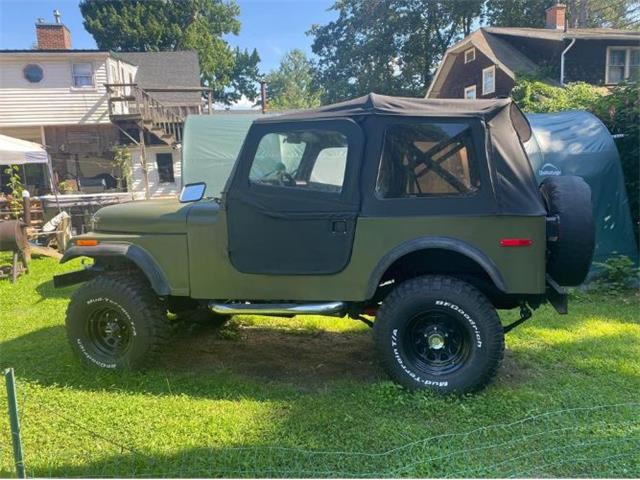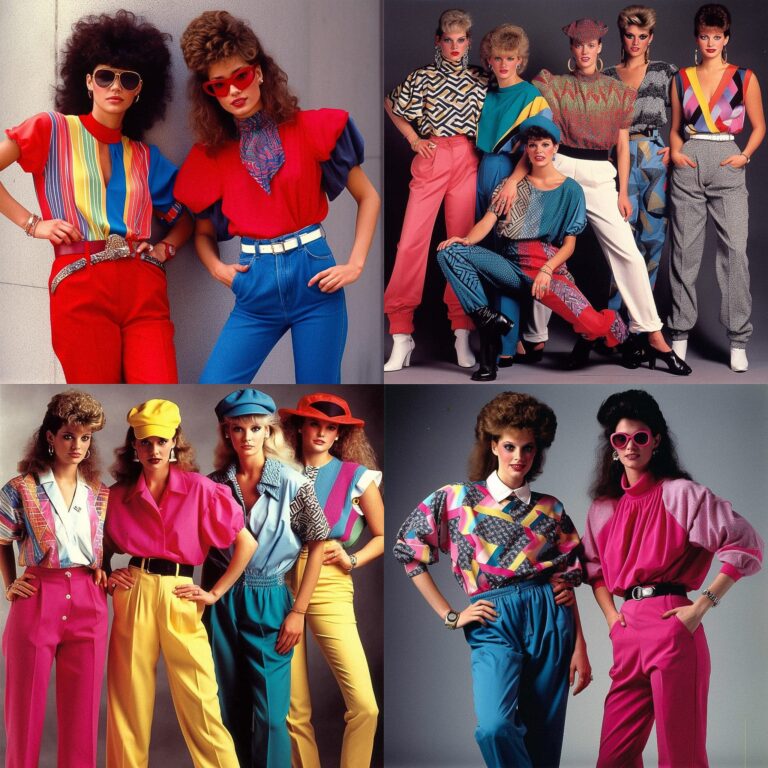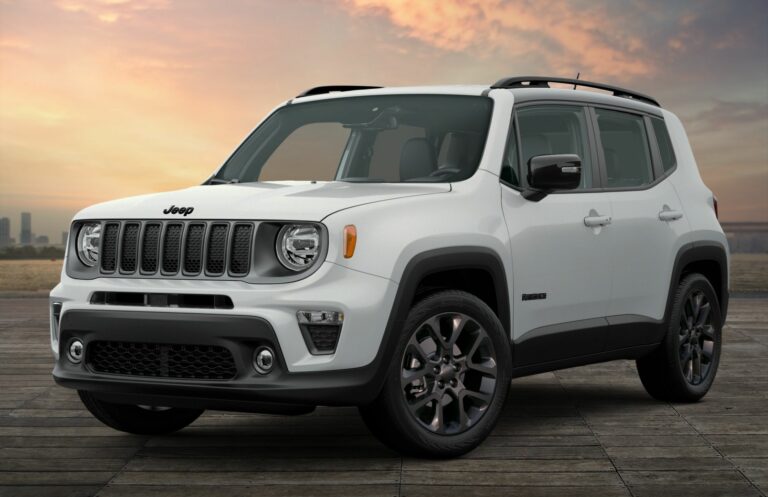1978 Jeep For Sale: A Comprehensive Buyer’s Guide to an Enduring Icon
1978 Jeep For Sale: A Comprehensive Buyer’s Guide to an Enduring Icon jeeps.truckstrend.com
For enthusiasts of classic American iron and rugged off-road capability, the phrase "1978 Jeep For Sale" conjures images of unadulterated adventure and timeless design. The year 1978 represents a fascinating snapshot in Jeep’s storied history, bridging eras and offering a diverse lineup of vehicles that have since become highly sought-after collector’s items. Whether you’re a seasoned mechanic looking for a restoration project, an off-road aficionado seeking a vintage trail rig, or simply someone yearning for a slice of automotive nostalgia, a 1978 Jeep holds a unique appeal that transcends mere transportation.
This comprehensive guide aims to demystify the process of finding, evaluating, and purchasing a 1978 Jeep. We’ll delve into what makes these vehicles so special, explore the various models available, provide practical advice for navigating the market, and equip you with the knowledge to make an informed decision.
1978 Jeep For Sale: A Comprehensive Buyer’s Guide to an Enduring Icon
The Allure of the 1978 Jeep: Why Buy One?
The appeal of a 1978 Jeep extends far beyond its utilitarian roots. It’s a vehicle that embodies freedom, resilience, and a bygone era of automotive engineering.
- Historical Significance: 1978 saw the continuation of the beloved CJ series (CJ-5 and CJ-7), alongside the full-size Wagoneer, Cherokee, and J-series pickups. These vehicles represent a period of transition and refinement for Jeep under AMC (American Motors Corporation) ownership, before the significant changes that would come in the 1980s. Owning one is owning a tangible piece of automotive history.
- Rugged Durability & Simplicity: Jeeps of this era were built to last, with robust frames, straightforward mechanical systems, and a design philosophy focused on functionality over frills. Their simplicity makes them relatively easier to work on for the average enthusiast, and their inherent toughness means they can still tackle challenging terrains.
- Timeless Design: From the iconic round headlights and seven-slot grille of the CJs to the distinctive woodgrain panels of the Wagoneer, 1978 Jeeps boast a classic aesthetic that never goes out of style. They stand out in a sea of modern, homogenized vehicles.
- Off-Road Prowess: Jeep’s legendary 4×4 capability is inherent in these models. With solid axles, durable transfer cases, and strong powertrains, a well-maintained 1978 Jeep remains a highly capable off-road machine, revered by trail riders worldwide.
- Collector’s Item & Investment: The value of well-preserved or expertly restored vintage Jeeps, particularly CJs and early Wagoneers, has steadily increased. For many, a 1978 Jeep isn’t just a vehicle; it’s a rolling asset with the potential for appreciation.
- Customization Potential: These Jeeps are a blank canvas for personalization. Whether you’re looking for a subtle lift kit and larger tires, a complete engine swap, or a custom interior, the aftermarket support for 1978 Jeeps (especially CJs) is vast, allowing owners to tailor their vehicle to their exact specifications.
- Unique Driving Experience: Driving a 1978 Jeep is an unfiltered experience. You’re more connected to the road (or trail), feeling the vehicle’s mechanics and the surrounding environment in a way modern vehicles rarely allow. It’s a raw, engaging, and deeply satisfying ride.
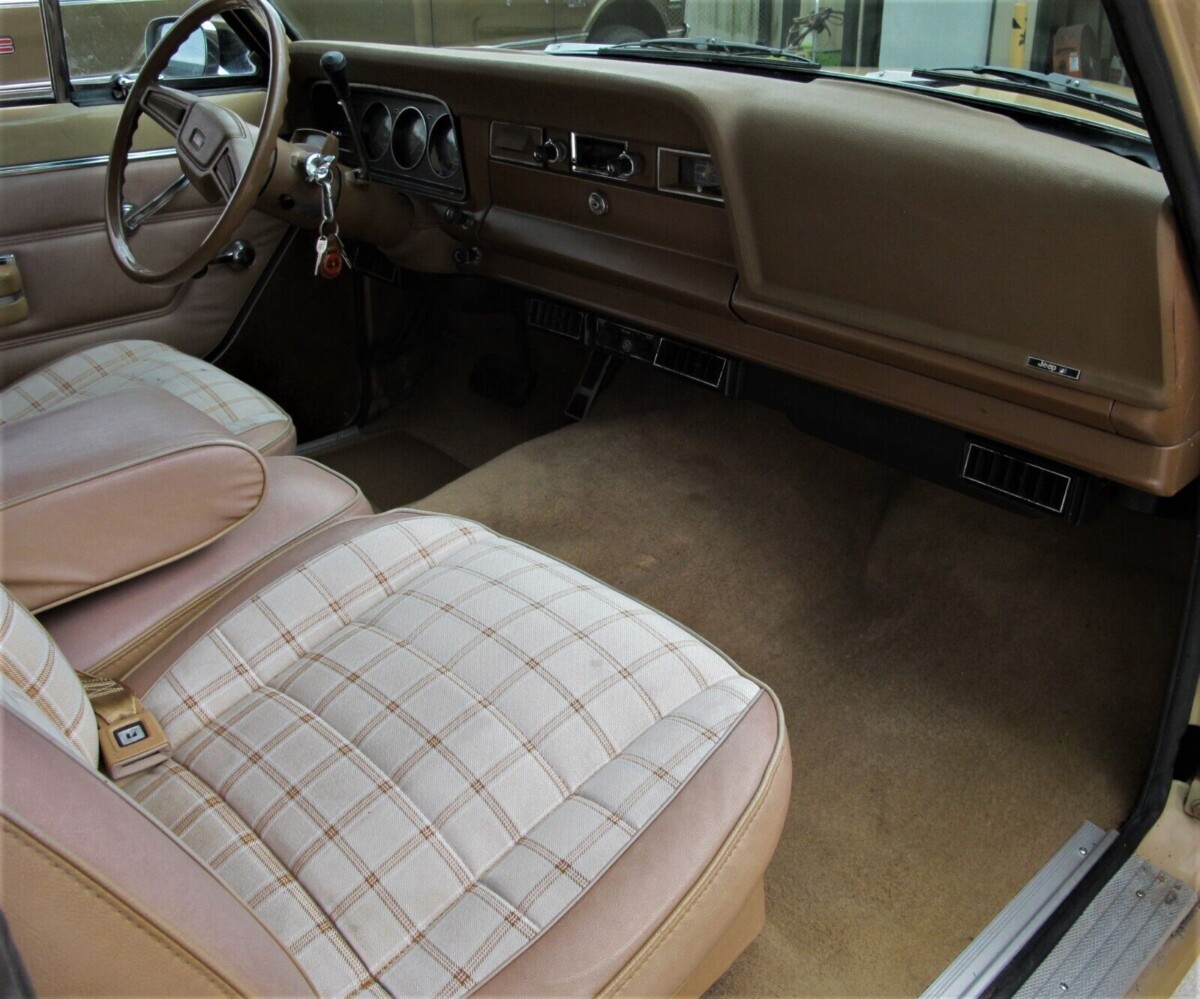
Key Models of 1978 and What to Look For
Understanding the different models available in 1978 is crucial, as each has its own characteristics, common issues, and market value.
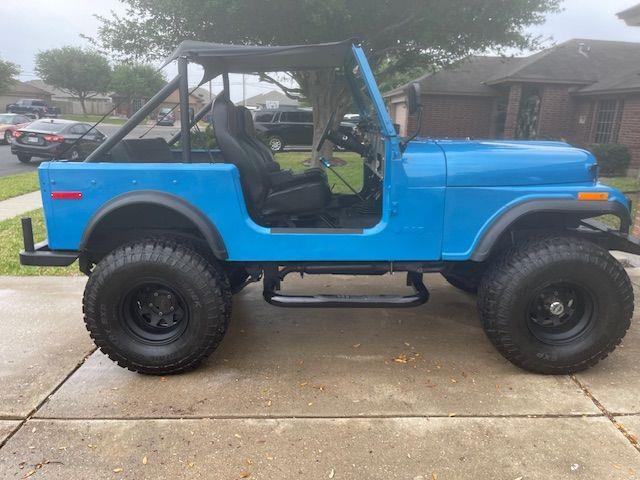
- Jeep CJ-5: The shortest wheelbase (83.5 inches) of the CJs, the CJ-5 is known for its agility and classic "Go-Anywhere" look. It’s the most traditional and compact of the vintage Jeeps, often favored by purists.
- Jeep CJ-7: Introduced in 1976, the CJ-7 featured a longer 93.5-inch wheelbase, offering improved stability, more interior room, and the option for full steel doors. This made it more practical for daily driving and touring, contributing to its enduring popularity. Look for special editions like the Levi’s Edition or the Laredo.
- Jeep Cherokee (SJ): This full-size SUV was available as a two-door (often called the "Cherokee Chief" for its wide-track stance) or a four-door. It blended rugged capability with more comfort and space than the CJs, making it a popular choice for families who ventured off-road.
- Jeep Wagoneer (SJ): The original luxury SUV, the Wagoneer offered a more refined experience with features like power windows, air conditioning, and plush interiors, often accented with distinctive woodgrain paneling. It’s a precursor to today’s luxury SUVs, prized for its classic elegance and durability.
- Jeep J-Series Pickups (J10, J20): These robust full-size trucks shared components with the Wagoneer and Cherokee, offering excellent towing and hauling capabilities. They are true workhorses, known for their durability and utilitarian design.
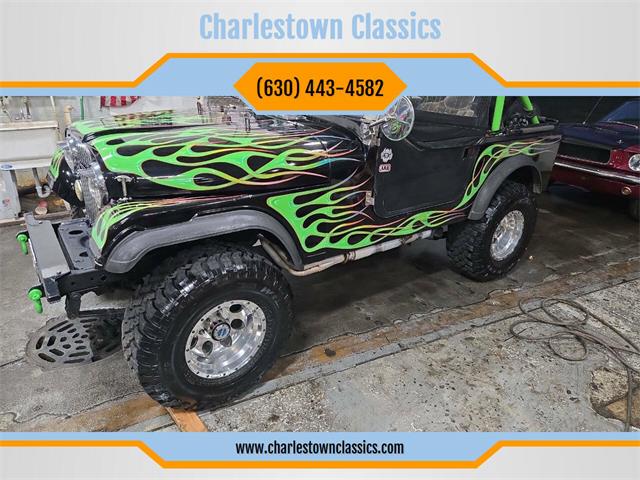
What to Look For (General Inspection Points):
Regardless of the model, a thorough inspection is paramount when considering a 1978 Jeep.
- Rust: This is the primary enemy of vintage Jeeps. Pay close attention to the frame (especially around spring mounts, shackle mounts, and steering box), floor pans, rocker panels, rear quarter panels, and body mounts. Surface rust is common; perforating rust indicates a serious problem.
- Engine Condition: Listen for unusual noises, check for excessive smoke from the exhaust (blue for oil, white for coolant, black for fuel), and look for fluid leaks. Common engines include the AMC 232/258 I6 and the AMC 304/360 V8s. Ask about recent maintenance or rebuilds.
- Transmission & Drivetrain: Test all gears, both in 2WD and 4WD (high and low range). Listen for grinding, clunking, or difficulty shifting. Check for leaks from the transmission, transfer case, and differentials.
- Suspension & Steering: Look for worn bushings, bent components, sagging springs, and excessive play in the steering wheel. This can indicate worn tie rod ends, ball joints, or a faulty steering box.
- Electrical System: Test all lights, gauges, wipers, heater/AC (if equipped), and horn. Unaddressed electrical issues can be frustrating and costly.
- Interior & Exterior: Assess the condition of seats, dashboard, and carpets. For exteriors, note paint condition, body alignment, and any evidence of accident damage or poor repair work.
Navigating the Market: How to Find a 1978 Jeep For Sale
Finding the right 1978 Jeep requires patience and a strategic approach.
- Online Marketplaces:
- General Classifieds: Craigslist, Facebook Marketplace, and eBay Motors are common starting points. Be wary of scams and always inspect in person.
- Specialty Forums & Groups: Websites dedicated to specific Jeep models (e.g., CJ-7 Forum, Full Size Jeep (FSJ) Network, IH8MUD for Wagoneer/Cherokee) often have classified sections where enthusiasts sell their vehicles. These communities can also provide valuable insights and advice.
- Classic Car Sales Sites: Hemmings, ClassicCars.com, and Bring a Trailer often feature higher-quality, more expensive examples, sometimes with extensive documentation.
- Classic Car Dealerships & Brokers: These sources often have restored or well-maintained examples, but prices will reflect the overhead and professional preparation.
- Auctions: Live auctions (Mecum, Barrett-Jackson) or online auction platforms can offer unique opportunities, but require quick decision-making and a thorough understanding of the vehicle’s condition beforehand.
- Word of Mouth & Local Ads: Sometimes the best deals are found through local connections, mechanics, or old-fashioned classifieds.
Tips for Searching:
- Be Specific: Use keywords like "1978 Jeep CJ-7," "1978 Wagoneer," or "1978 Jeep J10."
- Set Realistic Expectations: A truly pristine, all-original 1978 Jeep is rare and commands a premium. Be prepared to consider vehicles that need some work.
- Ask for Detailed Information: Request numerous photos (including undercarriage, engine bay, common rust spots), service records, and a detailed description of the vehicle’s history.
- Be Prepared to Travel: The perfect Jeep might not be in your backyard. Factor travel costs into your budget.
The Buying Process: Important Considerations and Practical Advice
Once you’ve found a potential candidate, the real work begins.
- Pre-Purchase Inspection (PPI): This is non-negotiable. If you’re not an expert in vintage Jeeps, hire a reputable mechanic who specializes in classic 4x4s or restorations to perform a comprehensive inspection. They can identify hidden issues that might escape an untrained eye.
- Test Drive: Don’t just start the engine. Drive the vehicle at various speeds, on different surfaces (if possible), and engage 4WD. Listen for strange noises, feel for vibrations, and assess steering, braking, and acceleration.
- Negotiation: Research market values for similar vehicles in comparable condition. Be prepared to negotiate, and don’t be afraid to walk away if the price isn’t right or if significant undisclosed issues surface.
- Title and Registration: Ensure the seller has a clear title in their name and that the VIN on the title matches the vehicle. Understand your local requirements for registering a vintage vehicle.
- Insurance: Standard auto insurance might not be suitable for a classic vehicle. Explore specialized classic car insurance providers (e.g., Hagerty, Grundy) that offer agreed-value policies and lower premiums for limited-use vehicles.
- Budget for Restoration/Maintenance: Unless you’re buying a fully restored, show-quality vehicle, anticipate spending additional money on parts, repairs, and preventative maintenance. Factor this into your overall budget.
Owning a 1978 Jeep: Challenges and Solutions
Ownership of a vintage Jeep comes with its own set of unique challenges, but also rewarding solutions.
Challenges:
- Parts Availability: While many mechanical parts are still available (especially for CJs), specific body panels, trim pieces, or interior components can be hard to find or expensive.
- Fuel Efficiency: These vehicles were designed long before modern fuel economy standards. Expect lower MPG, especially with V8 engines or larger tires.
- Safety Features: Compared to modern vehicles, 1978 Jeeps have minimal safety features (no airbags, basic seatbelts, drum brakes on some models). Drive defensively and consider upgrades.
- Comfort & Noise: The ride can be rougher, and wind/road noise is more pronounced than in contemporary vehicles.
- Rust Recurrence: Even after a repair, rust can reappear if not properly addressed and prevented.
Solutions:
- Leverage Online Communities: Vintage Jeep forums and Facebook groups are invaluable resources for finding parts, getting technical advice, and connecting with other owners.
- Aftermarket Support: Many companies specialize in reproduction parts, upgrade kits (e.g., disc brake conversions, power steering), and performance modifications for 1978 Jeeps.
- Preventative Maintenance: Regular cleaning, rustproofing, and addressing small issues before they become big ones will extend your Jeep’s life.
- Embrace the Character: Acknowledge that a 1978 Jeep is not a modern SUV. Its quirks are part of its charm. For many, the joy of owning one is precisely in its raw, unrefined nature.
Price Table: 1978 Jeep Models (Estimated Values)
The price of a 1978 Jeep can vary dramatically based on model, condition, originality, modifications, engine, geographic location, and market demand. The table below provides a general estimate; actual prices may differ.
| Model | Condition: Project/Parts Car | Condition: Fair/Driver Quality | Condition: Good/Restored Driver | Condition: Excellent/Show Quality | Key Factors Affecting Price |
|---|---|---|---|---|---|
| Jeep CJ-5 | $2,000 – $5,000 | $6,000 – $12,000 | $13,000 – $25,000 | $25,000 – $45,000+ | Original engine vs. swap, rust severity, hardtop/doors, Levi’s Edition |
| Jeep CJ-7 | $3,000 – $7,000 | $8,000 – $15,000 | $16,000 – $30,000 | $30,000 – $55,000+ | Engine (AMC 304/360 vs. I6), rust, Laredo/Golden Eagle trim, hardtop |
| Jeep Cherokee (SJ) | $1,500 – $4,000 | $5,000 – $10,000 | $11,000 – $20,000 | $20,000 – $40,000+ | Chief/Laredo trim, 2-door vs. 4-door, engine, rust, interior condition |
| Jeep Wagoneer (SJ) | $2,000 – $5,000 | $6,000 – $12,000 | $13,000 – $25,000 | $25,000 – $50,000+ | Woodgrain condition, luxury features, engine, rust, originality |
| Jeep J-Series Pickup | $1,000 – $4,000 | $4,500 – $9,000 | $10,000 – $18,000 | $18,000 – $35,000+ | Bed condition, rust, engine, 4×4 vs. 2WD, J10 vs. J20 |
(Disclaimer: Prices are highly variable and depend on numerous factors including geographic location, specific vehicle history, originality, modifications, and market demand at the time of sale. This table provides a general estimate only and should not be considered definitive pricing.)
Frequently Asked Questions (FAQ)
Q: Is a 1978 Jeep a good daily driver?
A: Generally, no, unless it has undergone extensive restoration and modernization (e.g., engine swap, power steering/brakes). They are better suited as weekend vehicles, project cars, or dedicated off-road rigs.
Q: Are parts hard to find for a 1978 Jeep?
A: Mechanical parts (engine, transmission, drivetrain components) are generally available due to shared platforms with other AMC/Jeep vehicles. However, specific body panels, interior trim, and unique model-specific parts can be challenging to source. The aftermarket for CJs is particularly strong.
Q: What engines were available in 1978 Jeeps?
A: Common engines included AMC’s durable straight-sixes (232 and 258 cubic inches) and AMC V8s (304 and 360 cubic inches). The larger 401 V8 was mostly phased out for consumer models by 1978, though some rare examples might exist.
Q: How much rust is too much when buying a 1978 Jeep?
A: Any rust is a concern, but extensive rust on the frame (especially near suspension mounts or the steering box) is a major red flag and can be very expensive to repair safely. Surface rust on body panels is manageable; perforating rust needs professional attention.
Q: Can I modify a 1978 Jeep for modern driving or off-roading?
A: Absolutely! Many owners upgrade brakes, steering, suspension, and even swap engines for more power, efficiency, or reliability. The aftermarket is full of options for lifts, tire sizes, and performance enhancements.
Q: What’s the main difference between a CJ-5 and a CJ-7?
A: The CJ-7 has a 10-inch longer wheelbase (93.5 inches vs. 83.5 inches for the CJ-5). This provides more interior room, greater stability on and off-road, and allowed for the option of full steel doors, which were not available on the CJ-5.
Q: What should I budget for a full restoration of a 1978 Jeep?
A: A professional, frame-off restoration can easily cost anywhere from $20,000 to $50,000+, depending on the starting condition, the level of originality desired, and labor rates. Minor fixes and rolling restorations will be significantly less.
Conclusion
The pursuit of a "1978 Jeep For Sale" is more than just a search for a vehicle; it’s an embarkation on an adventure. These machines are a testament to American engineering, built for purpose and designed to endure. Owning one means embracing a unique driving experience, connecting with a passionate community, and preserving a piece of automotive history.
While challenges like rust and parts sourcing exist, the rewards of piloting a classic CJ, cruising in a stylish Wagoneer, or tackling trails in a robust Cherokee far outweigh them. With careful research, a thorough inspection, and a realistic budget, you can find the perfect 1978 Jeep to become your next cherished companion on the road, or off it. It’s not just a purchase; it’s an investment in a lifestyle and a legacy.
